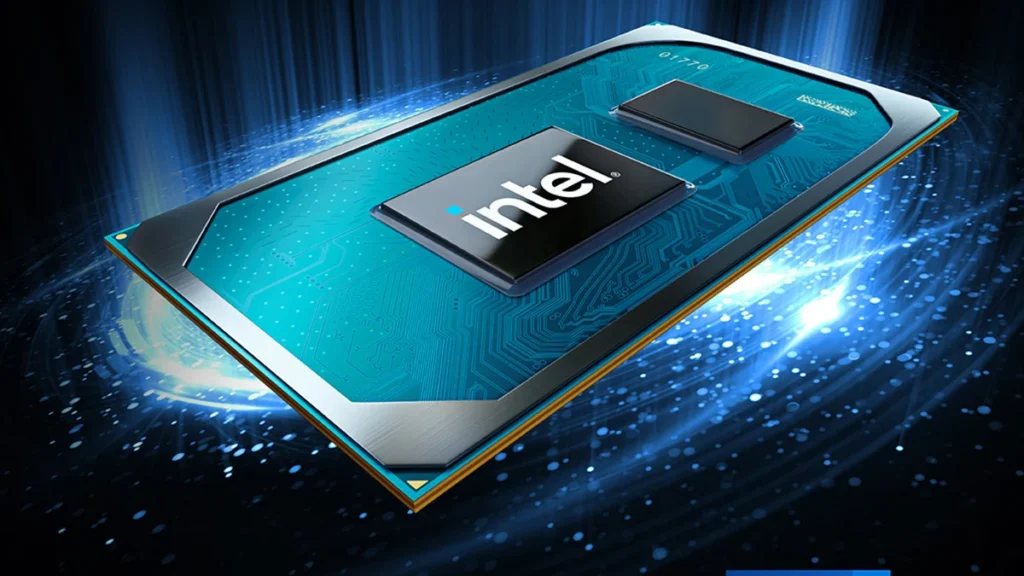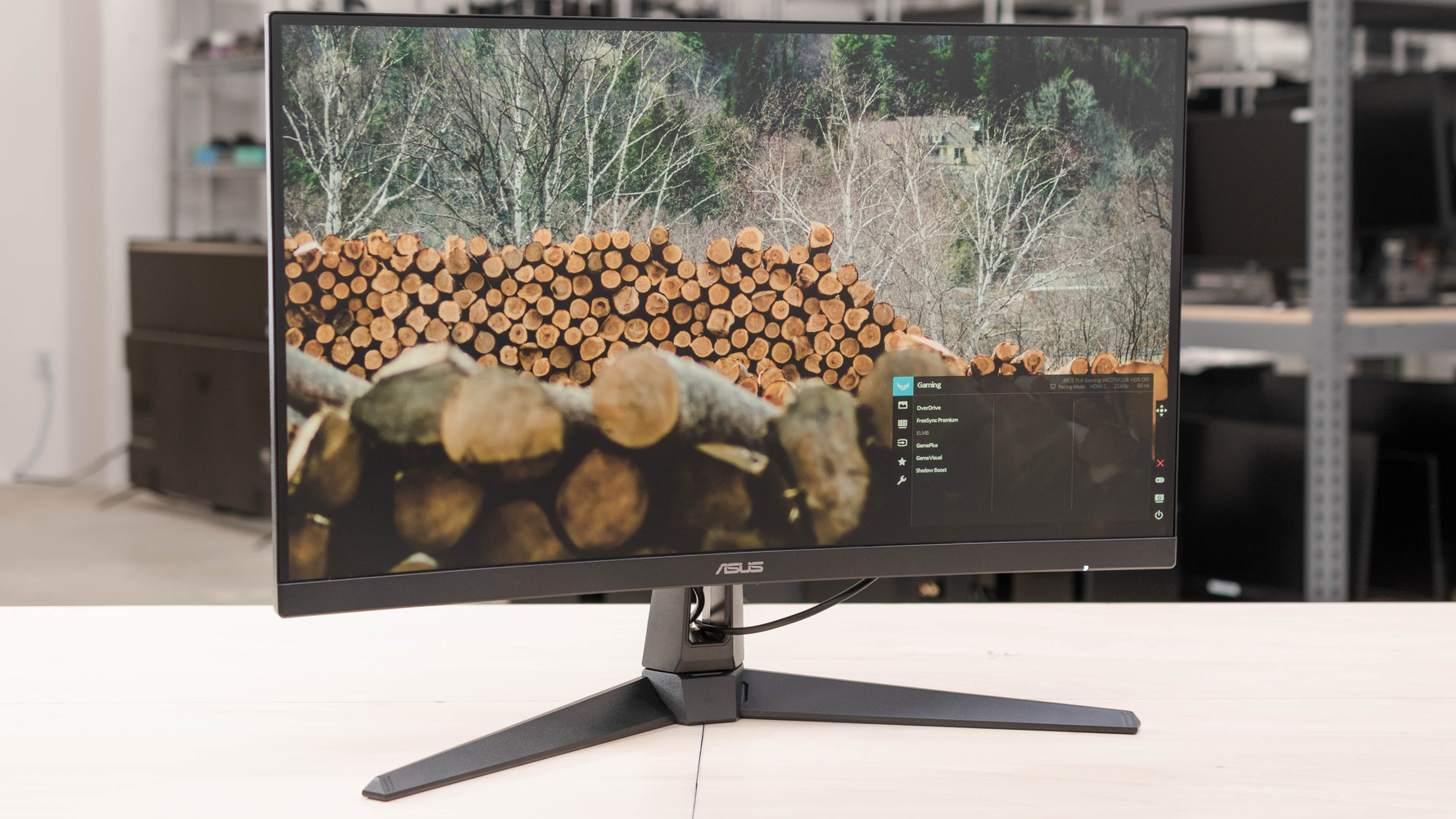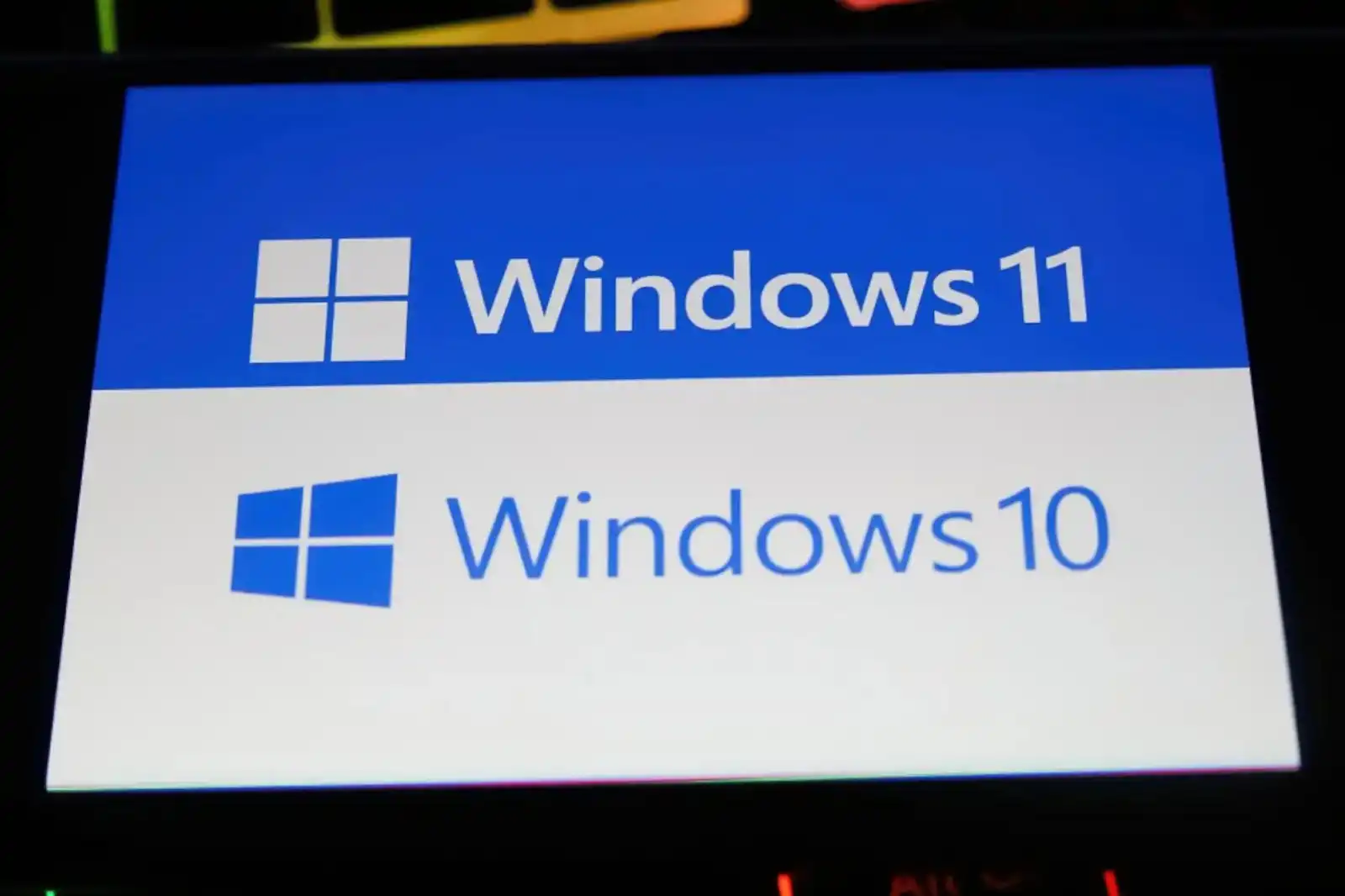
For years, AMD and Intel have been fierce rivals in the PC processor market, constantly striving to outdo each other with innovative technologies and performance enhancements. However, the emergence of Arm as a significant player in this space has prompted both companies to reassess their strategies, leading to the formation of the X86 Ecosystem Advisory Group. This initiative, announced on Tuesday, sees AMD, Intel, and other prominent industry figures, including Linux creator Linus Torvalds and Epic Games CEO Tim Sweeney, come together to unify certain aspects of the X86 architecture in response to customer demands for simplicity and compatibility.
The X86 Ecosystem Advisory Group aims to maintain healthy competition between AMD and Intel while also addressing the complexities that can arise from the diverse implementations of the X86 instruction set. While developers typically can write code for the shared X86 architecture without significant hurdles, discrepancies in specific instructions or security models have led to inconsistencies. In a recent interview with PC analyst and former AMD executive Pat Moorhead, both AMD CEO Dr. Lisa Su and Intel CEO Pat Gelsinger acknowledged that enhancing security models could benefit the ecosystem as a whole.
The collaboration aims to establish a more unified set of instructions and architectural interfaces, thereby improving compatibility and predictability across X86 products. Both Su and Gelsinger highlighted existing shared technologies, such as USB, and noted that collaboration isn’t entirely new for the two companies; they have previously worked together on integrated products like the 8th-generation Core chips featuring AMD Radeon RX Vega graphics.
Interestingly, despite the focus on creating a common architecture, the advisory group has not addressed a shared AI interface, which remains a point of divergence between AMD and Intel, as each company employs its own unique AI instructions.
According to Gelsinger, we are on the brink of a transformative phase in the X86 architecture, necessitating new levels of customization and scalability to meet evolving customer needs. He expressed enthusiasm for the partnership, stating, “We proudly stand together with AMD and the founding members of this advisory group, as we ignite the future of compute.”
The formation of the X86 Ecosystem Advisory Group appears to be a strategic defensive move amid the rising influence of Arm in the PC market. While Arm has historically struggled to gain traction, Qualcomm’s Snapdragon X Elite has encouraged PC manufacturers to consider its energy-efficient, high-performance architecture. Although Arm’s presence in the PC market remains limited, its growing impact cannot be overlooked.
This initiative is backed by several influential enterprise companies, including Broadcom, Dell, Google, Hewlett-Packard Enterprise, HP, Lenovo, Microsoft, Oracle, and Red Hat, alongside key figures like Torvalds and Sweeney. Together, they aim to safeguard the future of the X86 ecosystem in an increasingly competitive landscape.




